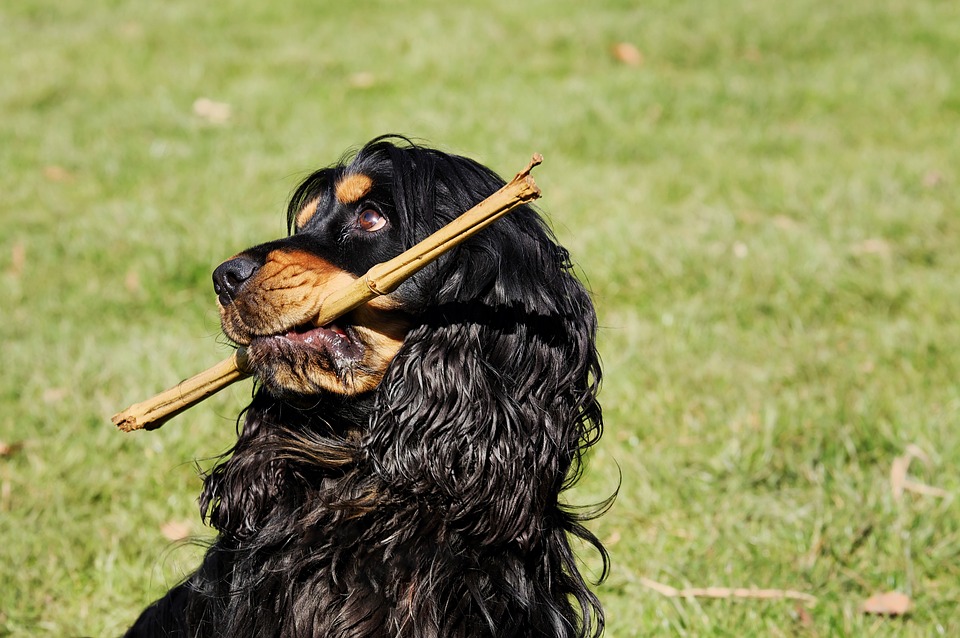Potty training is an essential aspect of owning a dog, and while most pet owners prefer outdoor potty training, circumstances like extreme weather or living in an apartment may require an indoor alternative. Creating a designated area for indoor potty training can be an effective solution to keep your home clean and maintain your dog’s hygiene. In this article, we will guide you through the process of setting up a designated area for indoor potty training, along with some frequently asked questions about this training method.
Benefits of a Designated Indoor Potty Area
Having a designated area for indoor potty training offers several benefits, both for you and your furry friend:
1. Convenience: An indoor potty area allows your dog to relieve themselves conveniently, especially in situations when taking them outside is not feasible.
2. Accident prevention: By providing a specific spot for your dog to eliminate, you can significantly reduce the chances of accidents occurring throughout your home.
3. Hygiene maintenance: When using a designated area, you can easily clean and sanitize the spot, ensuring optimal hygiene for both your dog and your living space.
4. Peace of mind: With a designated potty area, you can leave your dog alone for short periods without worrying about them soiling your carpets or floors.
Setting Up a Designated Indoor Potty Area
Follow these steps to create an effective designated indoor potty area for your dog:
Step 1: Choose the Location
Select an appropriate location within your home for the indoor potty area. Ideally, it should be an easily accessible, well-ventilated area that is away from your living and sleeping spaces.
Step 2: Choose the Right Flooring
Consider using materials that are easy to clean, such as linoleum, tile, or even artificial grass. Avoid using carpets or rugs in the designated area, as they can absorb odors and be difficult to clean thoroughly.
Step 3: Pick an Appropriate Size
The size of the designated area depends on the breed, size, and age of your dog. It should be spacious enough for them to comfortably move around and eliminate. Keep in mind that puppies may need smaller areas initially and gradually transition to larger spaces.
Step 4: Introduce the Potty Pad or Dog Litter Box
Place a potty pad or a dog litter box in the designated area. These products are specifically designed to absorb urine and control odors. Introduce your dog to the pad or litter box by gently guiding them towards it whenever they need to relieve themselves.
Step 5: Establish a Routine
To encourage successful indoor potty training, establish a consistent routine. Take your dog to the designated area at regular intervals, especially after meals, playtime, and waking up from naps. Reward your dog with praise or a small treat every time they use the designated area correctly.
FAQs about Indoor Potty Training
1. Q: How long does it take to potty train a dog using an indoor designated area?
A: The duration of indoor potty training varies depending on your dog’s age, breed, and individual learning abilities. Generally, it takes a few weeks to a few months to fully train them.
2. Q: How often should I clean the designated indoor potty area?
A: It is essential to clean the area regularly to maintain proper hygiene. Remove solid waste immediately and clean any urine spots daily. Replace the potty pads or clean the litter box as needed to prevent unpleasant odors.
3. Q: Can indoor potty training confuse my dog and affect their ability to potty outdoors?
A: When done correctly, indoor potty training should not confuse your dog. However, it is crucial to gradually introduce outdoor potty training once your dog has mastered the indoor designated area to avoid any confusion.
4. Q: Can I use real grass instead of potty pads or litter boxes?
A: Yes, using real grass is an alternative option. Companies offer indoor grass solutions, such as hydroponic pads, which provide a more natural feel for your dog.
Remember, consistency, patience, and positive reinforcement are key to successful indoor potty training. By creating a designated area and following a routine, you can effectively teach your dog proper elimination habits while maintaining cleanliness in your home.









